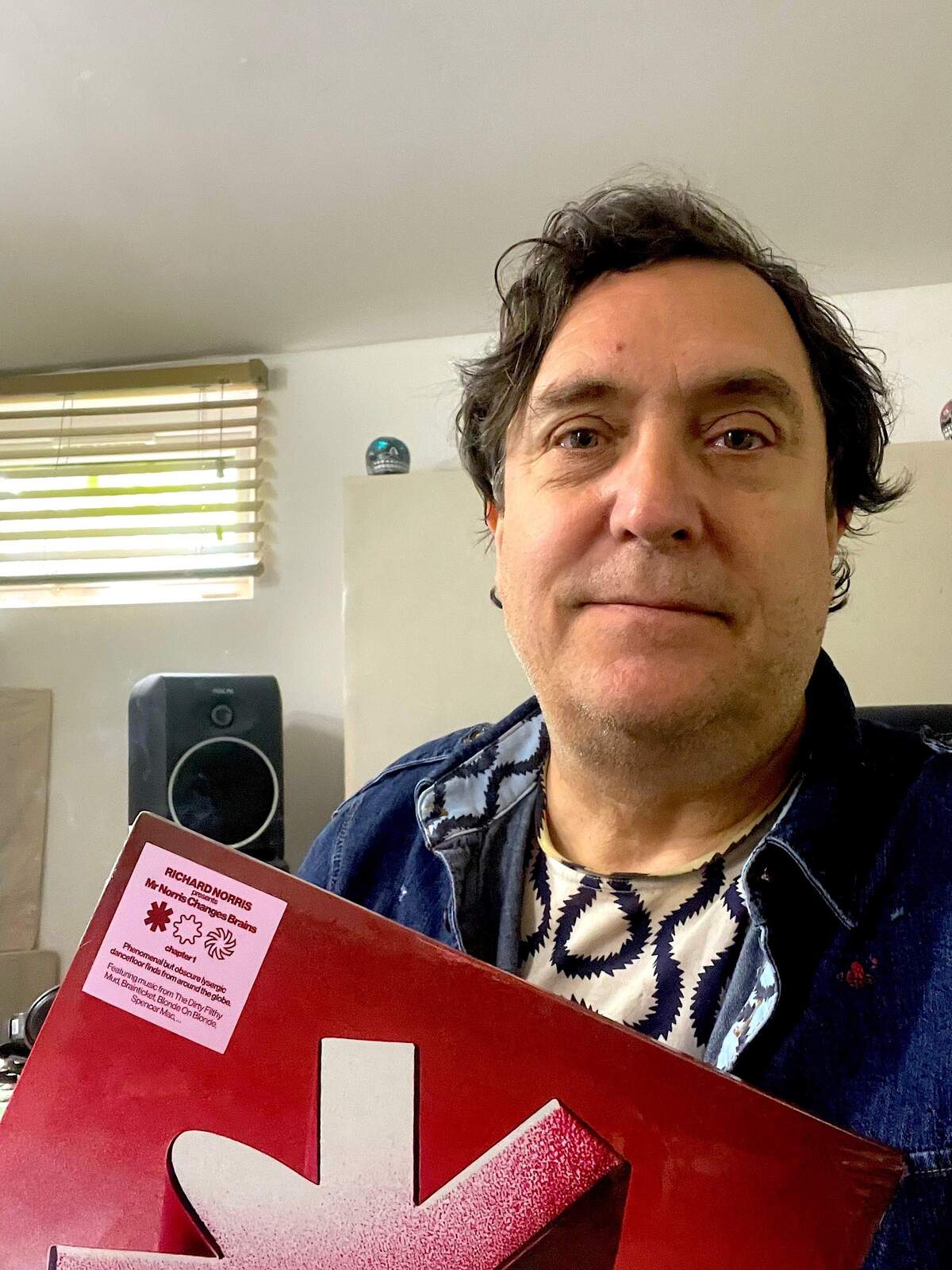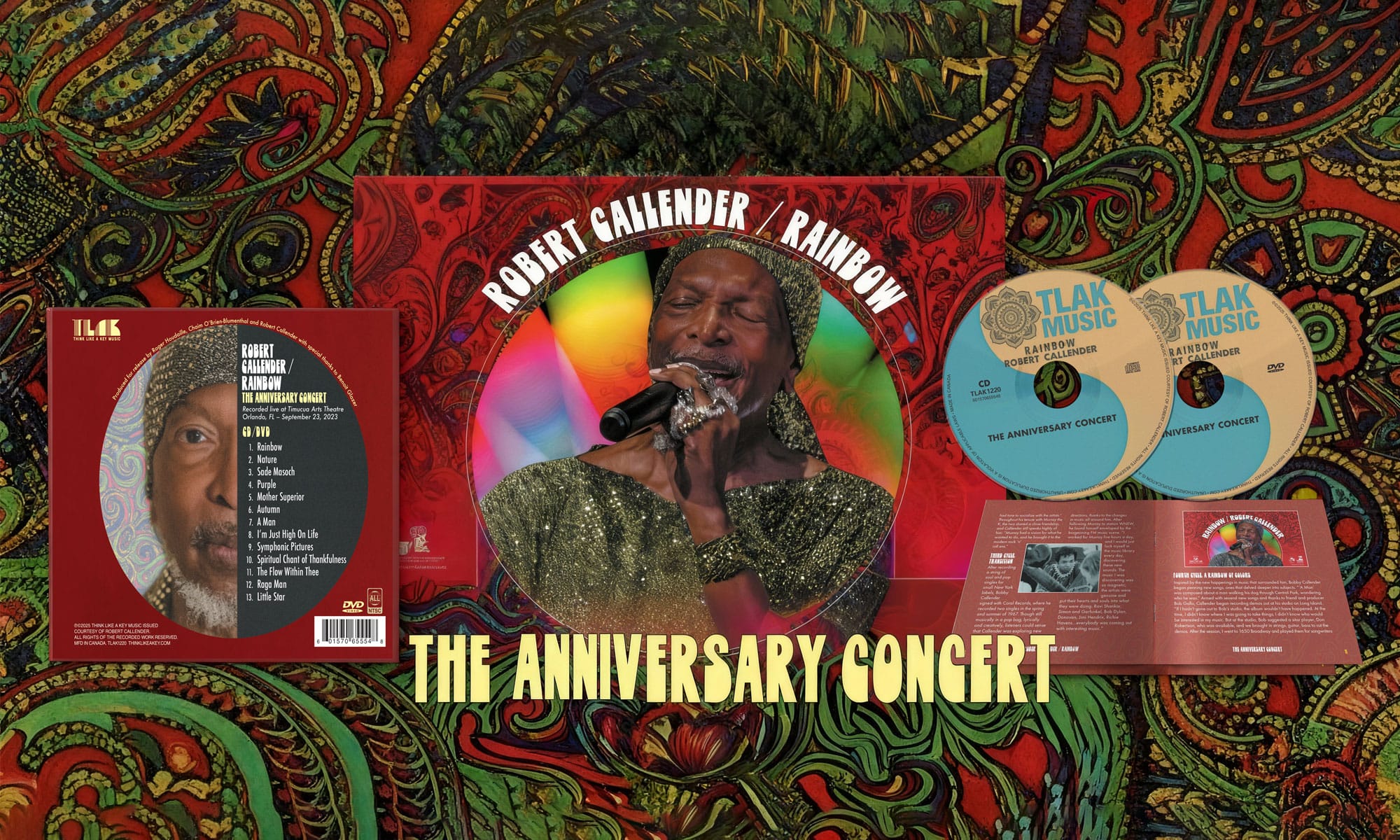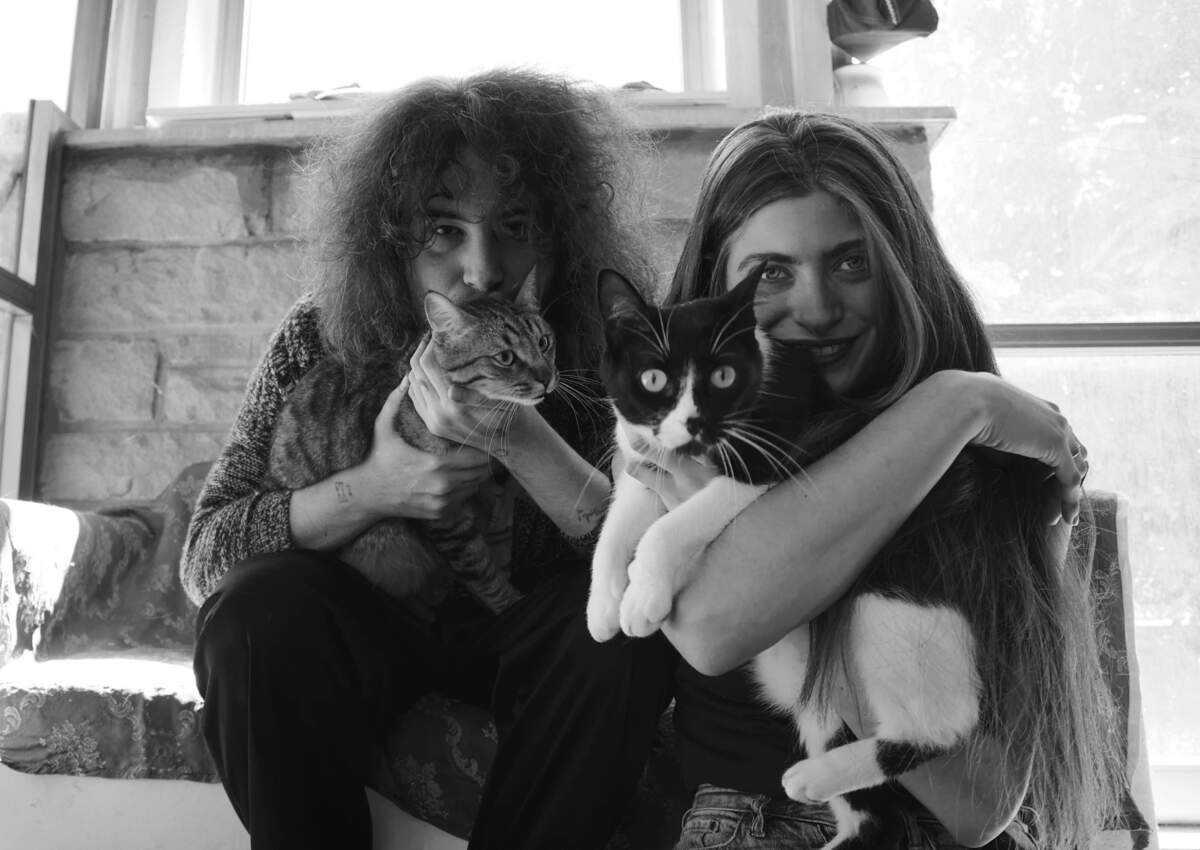Patrick Grant – “A Sequence of Waves (Twelve Stories and a Dream)” interview
Patrick Grant – A Sequence of Waves (Twelve Stories and a Dream) (Peppergreen Media, 2017)
The NYC-based composer and performer Patrick Grant has had a long and gleaming career that continues on with his newest release, A Sequence of Waves (Twelve Stories and a Dream). The album is a refined collection of genre-bending and experimental tracks that many critics struggle to pin down. Stumbling into post-minimalism, modern classical, prog rock, and post-rock territory, the album wears many masks. And for good reason, given Grant’s accomplished background.
The composer has worked under John Cage, produced some of his first recordings at the studios of Philip Glass, and pioneered an international composition project that brought him in collaboration with Billy Joel and Quincy Jones. Grant is a man of many accolades with an ear for pushing the envelope.
I recently spoke with the composer over email to discuss his newest LP, his songwriting, and the narratives that informed much of the release’s creation.
You’ve mentioned before in interviews that you have a big interest in music as a vehicle for storytelling. How does this interest inform your creative process? Was there a particular story you were interested in telling in A Sequence of Waves?
It’s usually a number of processes, not just one. And they’re often layered with others. It’s never anything as overt or as old fashioned as Prokofiev’s Peter and the Wolf—just in case anyone’s concerned about what I mean when I refer to ‘storytelling’ or ‘narrative.’ I have created scores for avant-garde theater, opera, and film, but it’s a bit different when it’s stand-alone instrumentals like those I’ve been releasing on recent albums.
There’s a post-it note on my studio console that says “Other Worlds.” It’s there to remind me of that great feeling I get when a piece of music has the ability to transport me into its own little universe. It’s as if it has its own rules of physics that it adheres to. These rules may seem crazy, but as long as they are consistent and sincere, a piece of music like this can show us other ways of listening, of seeing, of understanding.
Structurally, much of my music is more inclined to use forms found in movies, TV shows, and video games, rather than song form and classical forms passed on and developed through the ages. This includes non-classical forms like loops, ambiences, stingers, bumps, etc. I enjoy taking something familiar and distorting it just a little so that it’s new and old at the same time. For example, take the doo-wop chord pattern G-Em-C-D and swap out just one chord to get G-Em-Bm-D. Now it’s the verse to The Beatles’s “She Loves You.” That’s how they began: new and old at the same time.
Every piece of music can have its own interior language. Or it uses and develops musical devices from our different cultural scenes. I’ve always had a great interest in visual art and philosophy. A study of Semiotics is one of the more interesting places where these two disciplines meet up. I discovered that I was not alone in working with ‘musical memes.’ I discovered the work of Philip Tagg who put forth the idea of ‘etymophony.’ Check out his work—it’s online. He breaks down the musical memes found in an Intel processor TV commercial, the theme from the 70s show “Kojak,” and even the syrupy ballad “Fernando” by Abba. These are great and often hilarious analyses.
So, like that, I’m very careful when I choose my compositional elements because they say a lot more than you might think. Everything you choose determines a potential story or situation. Maybe it’s not a story in a traditional sense, but when all of the devices of storytelling are there, one is given the feeling of a narrative being present. It’s how we’re wired.
Most musicians have a hard time breaking out of the one or two genres they typically play in. You seem to have no problem flowing from one genre to the next, and even mixing a variety of genres together. What’s your relationship to genres as a composer?
My first work in this area was Alice: Music for an Imaginary Horror Film from the late 90s. It has a jagged history, but the music remains solid. You can find it online. Like the current album, it’s in 13 parts. Using leitmotiv, and other theme and variation technique, I was able to go from a 12-tone psychodrama to rock to post-minimalist film score, with bits of fake Satie and Klezmer thrown in. Unlike the other kinds of genre-hopping that was going around at the time (think Zorn), my aim was to find a way to unify different styles. I needed to find a way to put things together that I felt was credible and non-Frankensteinian. How’s that for a word?
What I’m very careful about is avoiding pastiche. That’s a device that came about from the Post-Modernist movement and it never sat quite right with me. I’d be inclined to say that my music is more informed by the Modernists, the previous movement in art’s timeline. They were after pure expression and more of a spiritual experience. Parody is possible there. That is so much more sincere than pastiche. But what’s the difference? Parody and satire are weapons to be used against complacent society, whereas pastiche is blank irony lacking a critical edge. Sorry—that’s how I feel. Parody places grand sentiments in ‘quotation marks’ so as to undermine them from coming across as overblown and corny. Pastiche, like parody, can be humorous, but is ultimately imitative—a dead language. Pastiche has no other end other than achieving a sense of style. Musically, I put this into practice by creating work on (or breaking themes down to) the genetic level. I’m interested in finding out what genres have in common on a microscopic level. I mean, I’m not that scientific and there is a lot of intuition involved, but I’m very conscious of compositional sincerity. Even when I do come across a ‘square peg in a round hole,’ I use every technique possible to blend disparate elements—all in name of the groove.
This blending can happen on a number of scales at the same time. There’s the motivic scale, the phrases, whole tracks, and even the program sequence of tracks. That’s an album. Everything must be weighed in this way, intellectually and emotionally, for feel. In essence, if different genres can be reduced down to their common factors, new music can be created from these rhythms, chords, riffs, and timbres that is “of a piece,” and is as solid as anything. There are many ways, but that’s my approach. That’s where I begin.
I’m curious to hear more about “Seven Years at Sea.” Not only is it precisely in the middle of the album, it also seems to mark a shift in the tone of the tracks that follow after it. You’ve described the song yourself as “unintentionally Eno-esque.”
Yes, it’s the centerpiece of the album in more ways than one. It is exactly in the middle of the album’s 13 tracks. It is also the 7th track (it even contains “seven” in its title). At one point it may have been the name of the whole album, but it wasn’t meant to be.
I have a CD collection of American folk songs created in the 30s and 40s from many regions. I first heard the core track here sometime in the 90s. The original sea shanty, “Sept Ans Sur Mer,” is sung by three little sisters from Louisiana. It is so haunting! I always wanted to so something with it for a number of years. When I got around to using it, it became the ‘cantus firmus’ of a live looping piece. I began with the vocal track, heavily processed and on different faders, brought in surf sounds and other ambiences. I realized that four chords would fit under the melody just great: E-B-F#7-G#m. I began playing a grand piano loop on a keyboard, and added electric guitar lines as additional loops. I went back and forth, adding live keyboards and guitars, until it ran its course. That’s the piece. For the album, I cut out all unnecessary looping repetitions and condensed its duration as much as possible.
In telling the truth, though, I have to admit that I have only heard Brian Eno’s album Another Green World once, maybe twice, in my life—back when I was in high school maybe? I never owned the album. On it, Eno has a piece called “The Big Ship” that has the same feel, some similar chords, but no vocal parts. Our music sounds related. I will chalk it up to a case of ‘convergent evolution,’ separated by three decades! Did it stick in my subconscious after one or two hearings? I don’t know. Even so, it was definitely “background listening” whenever I did hear it. That’s the truth.
The embarrassing part was having to admit that I didn’t know every single album, every single track, of Eno’s music, like so many of my colleagues do—like it’s a religion. But, I can think of worse things that can happen in this wicked world. On WNYC’s “New Sounds,” John Schaefer used this as an opportunity to create a mash-up of Eno’s track and my piece, and dedicated a whole episode of his radio show to nautically inspired new music. Hearing it in this context, I can still say that, yeah, it sounds like me—those are the musical choices I made. And that’s the happy ending to the story.
“Primary Blues” and “Prelude II” remind me quite a bit of The Beatles and their ability of imbuing a few guitars with the sophistication of an orchestra. “To Find a Form That Accommodates the Mess” feels straight out of Mike Oldfield’s “Tubular Bells.” Were there any artists whose sound really impacted you while you were making the album?
Thank you, that’s a compliment. Producers feature more prominently than the artists in my story. I learned so much about orchestration and arrangement (in a pop sense) from George Martin’s work with The Beatles. I would also count Roy Thomas Baker’s work with Queen, Tony Visconti’s work with Bowie, and Trevor Horn’s work in general as to informing my early ear in these things. The list could go on. I learned to take a lot of care when there are many instruments of the same kind (guitars, strings, etc.) to get them all to have unique identities through EQ and panning in addition to the writing and arrangement.
“Primary Blues” is a good example of what I learned from Beatles songs. Namely, something should always be different. Contrast this with their peers The Rolling Stones. In a Stones song, the only thing different about each verse is the words. In a Beatles song, beginning with the album “Rubber Soul” approximately, every verse has something musically added or subtracted. This can be a guitar line, added hand percussion, or an additional vocal harmony. It keeps things interesting. “Primary Blues” is made up of intros, verses, choruses, a middle, a coda, etc. Not only are different elements added each time there’s a structural repeat, but, if you couldn’t tell, each repetition is in a different key. That adds even another level of interest. It keeps things moving forward, as they should be. I also put my knowledge of traditional orchestration to work. Even if there’s a small number of instruments, by spreading them out across the sonic spectrum, choosing their timbres (and/or their pedals and FX) carefully, and voicing them according to the rules of greatest resonance, it can sound fuller than the forces actually playing.
It is worth noting that “Prelude II” began as a solo guitar piece called “Dude, Where’s My Band?” written for a Guitar Craft Guitar Circle course lead by Robert Fripp. A couple of people have said this piece reminds them of Abbey Road-era Beatles, but I can’t hear it. As a stand-alone piece, there are a few repeated sections that were dropped for the album. So, in this form, it truly functions as a prelude into “To Find a Form That Accommodates the Mess.” This second piece, as one can hopefully hear, is a further development of many of the themes found in its prelude. And the arrangement of “To Find a Form…” is not only as orchestral sounding as possible (vintage string machines, cinema brass, orchestral percussion, and mallet instruments), but it relies heavily on the meters of five and seven. These are even combined together in the climax. Perhaps it’s this 7/4 feel with repeating figures in a minor key that one finds reminiscent of Oldfield? I myself would trace it back to David Borden’s work with Mother Mallard’s Portable Masterpiece Co. if one where to seek a true precedent.
For me, in the end, it’s a lot like making shapes in the air. When a mix really works, when it really resonates, I feel like I can reach out and grab it. It becomes a thing where once there was nothing. And then it’s gone.
What kind of experience do you hope listeners will have with A Sequence of Waves?
Subtitling A Sequence of Waves with (Twelve Stories and a Dream) is an invitation to listen differently. I don’t just mean this album, but everything. Attention was put into the album on riff, track, and programming levels to achieve a kind of coherence that might meaningfully communicate in a number of ways—no matter how it was listened to. Whether as single tracks, as mini-suites, or as a beginning to end experience, hopefully it hints at an order bigger than itself. That’s one way of seeking a possible narrative.
My albums have also become a conduit for other interests of mine, not only the musical ones. I hinted at that earlier when I brought up Modernist and Post-Modernist art and related philosophies as they pertain to music. My interest in these areas can shape much of what I choose to compose. And what not compose. I’m at a stage where I feel what I choose not to do is as defining as what I actually end up doing. That may change. For me, the blending of genre and style has an intended effect I hope the listener can feel. Maybe they will, or maybe they’ll have an experience all their own that no one foresaw coming. That would be best, especially if they can express what it was.
Coming out of the Post-Modernist movement was Deconstructivism. Many people kick around that term and what it is to ‘deconstruct’ something, but there is a general meaning that most people have accepted that I’ll state here. Much of our aesthetics thought up until this century have been based on the duality of things: good-bad, inside-outside, light-dark, classical-pop, etc. The Deconstructivists wanted to point out this fault, this non-inclusive way of our seeing things. They wanted to unify this schism of opposite forces by seeing things as a third thing, the halves made whole. They had some success. It was progress. It was like a finger pointing at the moon.
So, here we are now. We see ‘Beauty’ (with a capital ‘B’) as the recognition and reconciliation of opposite forces, and that it is intrinsic to life affirming values. ‘Truth’ (with a capital ‘T’) is the realization and practice of such a philosophy one day at a time.
That’s what I hope my listeners will experience: reconciliation, recognition, realization, and practice. That’s my story.
-Gabe Kahan
© Copyright http://www.psychedelicbabymag.com/2018
Array





